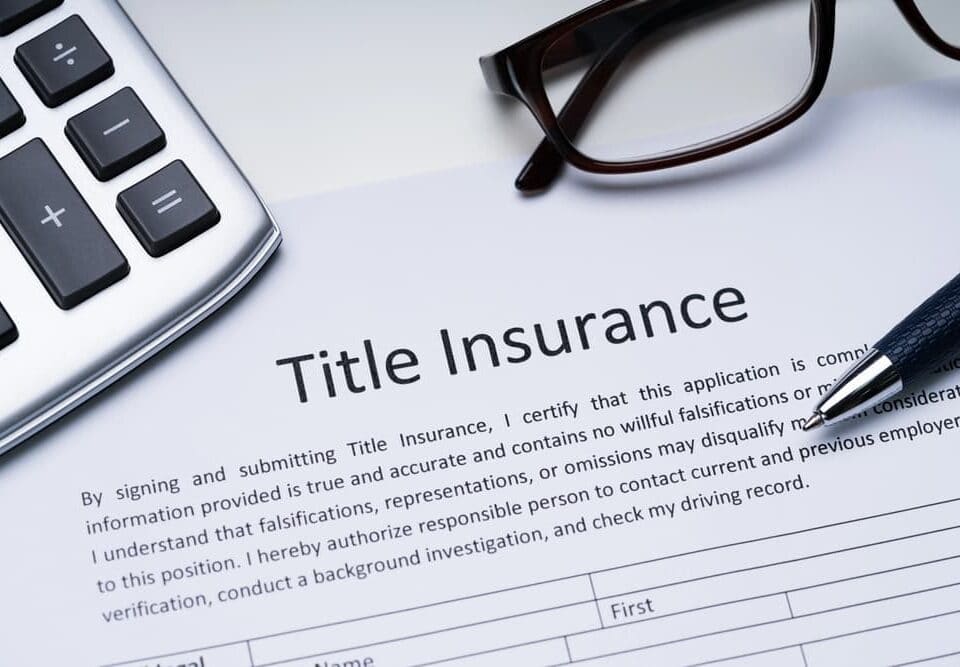
What Are The Obligations Of A Buyer?
March 7, 2025
What Are Material Facts?
March 7, 2025Not all of these issues apply to all types of sales. However, failure to disclose any of them if applicable in your Section 32 Vendor’s Statement can allow the purchaser to avoid the contract, causing your sale to fall through.
- If a building permit has been issued for the property within the last 7 years, it must be disclosed. This includes the permit(s) for newer buildings that are less than 7 years old. The Certificate of Final Inspection or the Occupancy Certificate must also be disclosed.
- If you’ve done building work yourself as an owner-builder, then you must also obtain an owner-builder inspection report. This will include obtaining insurance if the total value of the building work exceeds $16,000.
- What are the items of portable property that you are selling with the house (the chattels)? Typical items include carpets, light fittings and curtains and blinds. Is there a dishwasher?
- Does the land that you are selling correspond with the title plan? In particular, have you been occupying any adjacent land that is not on your title (adverse possession)? If so, you may have to execute a Deed of Possessory Rights that sets out the history of the adverse possession.
- Is there a caveat on your title? A third party can lodge a caveat if they have a claim over your land. The caveator’s interest must be satisfied on or before settlement.
- Have you received any notices from authorities (e.g. Council) or neighbours that affect your property? Examples would be applications for planning permits for either your land or neighbouring land, proposals for street parking restriction and fencing notices.
- If your property affected by an Owners Corporation that is responsible for managing common property, the Owners Corporation must hold public liability insurance for that common property.
Contact Glenferrie Conveyancing Northcote office for more information.






